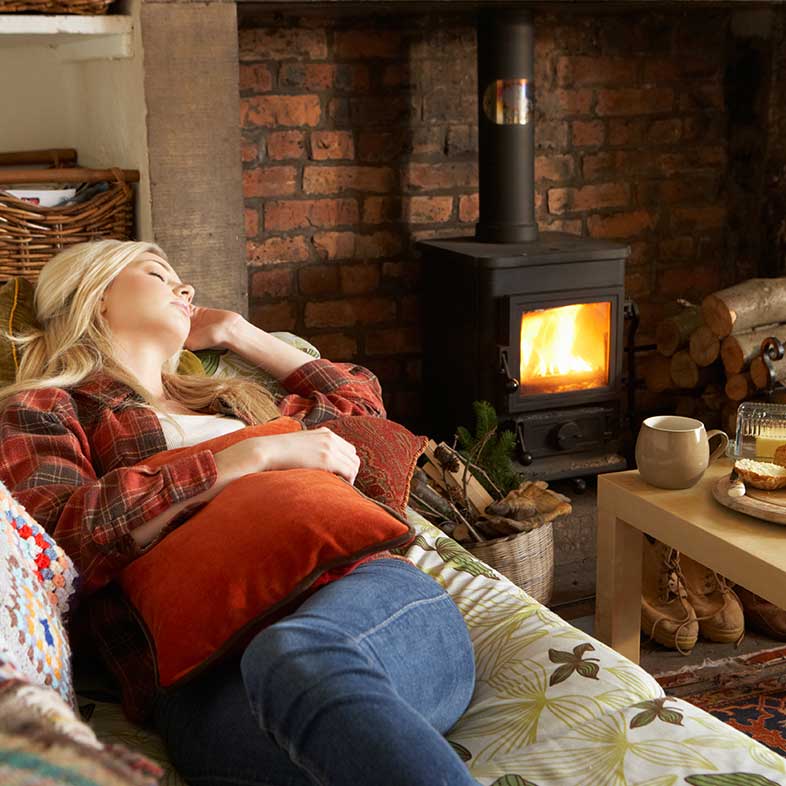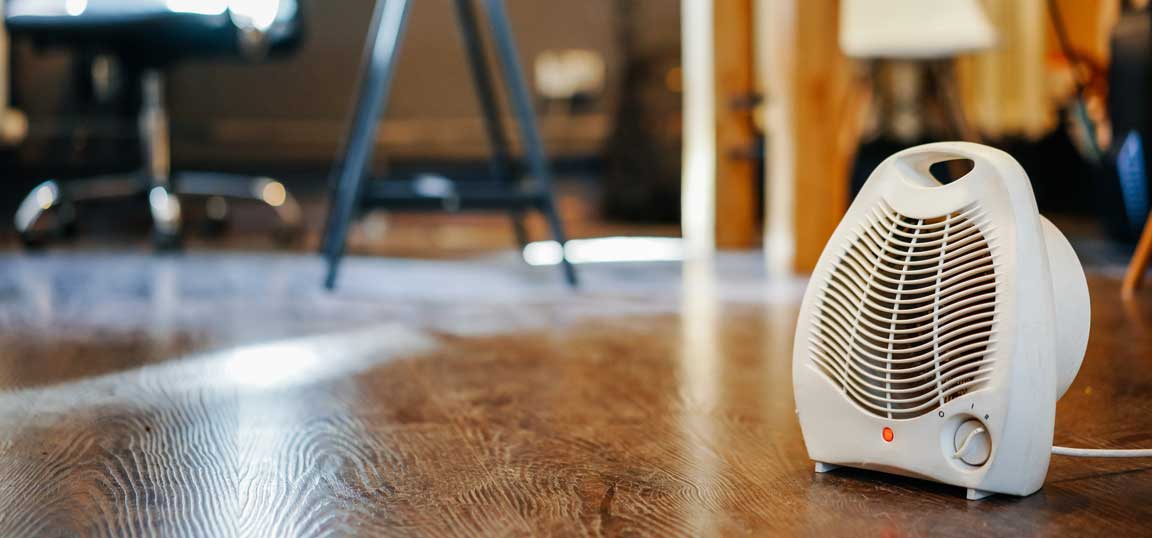Energy saving advice
How To Save Money on Your Heating Bill
23 Jan 2019 • 5 minutes


We’re all looking to save money on bills, and reducing our heating costs is one of the best ways to do it. Since heating bills are often a large financial burden for every household, anything that can be done to reduce them is surely worthwhile. So, here are ten ways to help save money on your heating!
Some energy providers are more expensive than others. By shopping around, you can save yourself quite a bit! The same applies to fixed tariffs, which offer protection against energy-price fluctuations. It’s definitely worth a few phone calls to bring together a few quotes, and then ask your existing provider if they can lower their rate. If they can’t, then it may be time to jump ship.
If you’re paying for your heating via cash or cheque, then the chances are that you’re paying over the odds. Talk to your provider about switching to direct debit, and ask how much you could save. Some providers will also offer an additional discount to customers who choose to opt out of paper bills and do everything via the internet instead.

To reduce heating costs, you could replace older double-glazed windows with newer and more efficient designs, particularly if the seal around the window has broken. A double-glazed window consists of two glass panels, and sandwiched between them is a layer of inert gas, typically argon. This arrangement drastically limits the window’s ability to conduct heat out of the building. So, upgrading to double (or triple) glazed windows can make a significant dent in your energy expenditure.
Since heat rises through any property, the loft is where most of us concentrate our insulation efforts. By laying thick foam sheets across the floor there, it’s possible to save hundreds of pounds each year. Homes built after the 1920s come with two sets of walls, between which is a gap ‘cavity’. By filling this space with foam, it’s possible to considerably limit the transmission of heat from the interior to the exterior (and vice versa).
 Of all the different sorts of heating available, electricity is the least efficient. And if you’re using a portable electric heater, this inefficiency is going to be even more glaring. Get rid of any such devices in favour of efficient fixed radiators.
Of all the different sorts of heating available, electricity is the least efficient. And if you’re using a portable electric heater, this inefficiency is going to be even more glaring. Get rid of any such devices in favour of efficient fixed radiators.
Cold breezes from outside the house can be a bit chilly, not only that but they’ll place a strain on your heating bills too. It’s important to track them down and seal them before they’ve had a chance to do so. You can get specialised devices that do this job – you simply scan them across the edges of your doors and windows, and they beep when the temperature drops. Draughts beneath doors can be sealed up temporarily with a long draught excluder, and permanently by adjusting (or replacing) the door in question.

When we say “wrap up warm”, we’re not suggesting that you turn off your heating and sit around a freezing interior in winter coats and blankets. But a minor adjustment can make an appreciable difference over the course of a year. Put on a jumper and lower the thermostat to below 20°C. Those few degrees each winter will add up to hundreds of pounds over the years.
A significant portion of the energy used in your home will go through your boiler. If it hasn’t been replaced in decades, then it’s likely to be hideously inefficient. You can help matters by getting an entirely new boiler installed. It will take a decade or more to break even on a decent boiler, and thus this is a long-term means of saving money on heating. Families first moving into a home might consider it; for pensioners and those looking to move on within a few years, other energy-saving measures might be more appropriate.

When the warm air in your home is allowed to circulate across the cold glass of your windows, it’ll get much colder. You can limit this circulation by drawing your curtains at night time. If your windows face the sun, then drawing the curtains will allow sunlight to heat the interior. The heavier the curtains, the better they’ll be at insulating.
It’s easy to lose track of how much you’re spending on energy, especially if you’re busy with other things. By investing in an energy monitor, you’ll be able to see exactly what times of day your home is using the most energy. This information will allow you to make the tiny changes that add up over long stretches of time!
Other solutions could include upgrading your heating controls, adding thermostatic valves in each room – or simply turning your thermostat down by one degree. It all helps!
Our help & advice articles cover Plumbing, Home heating, Electrical, Energy-saving and Home maintenance.